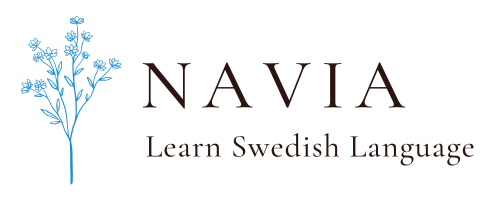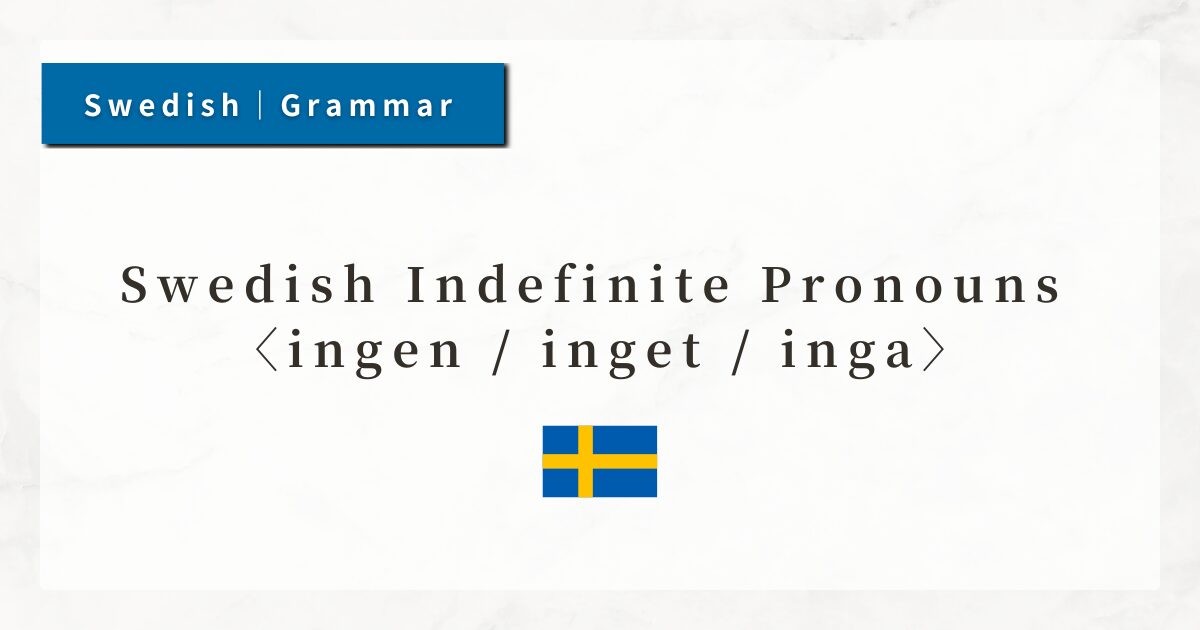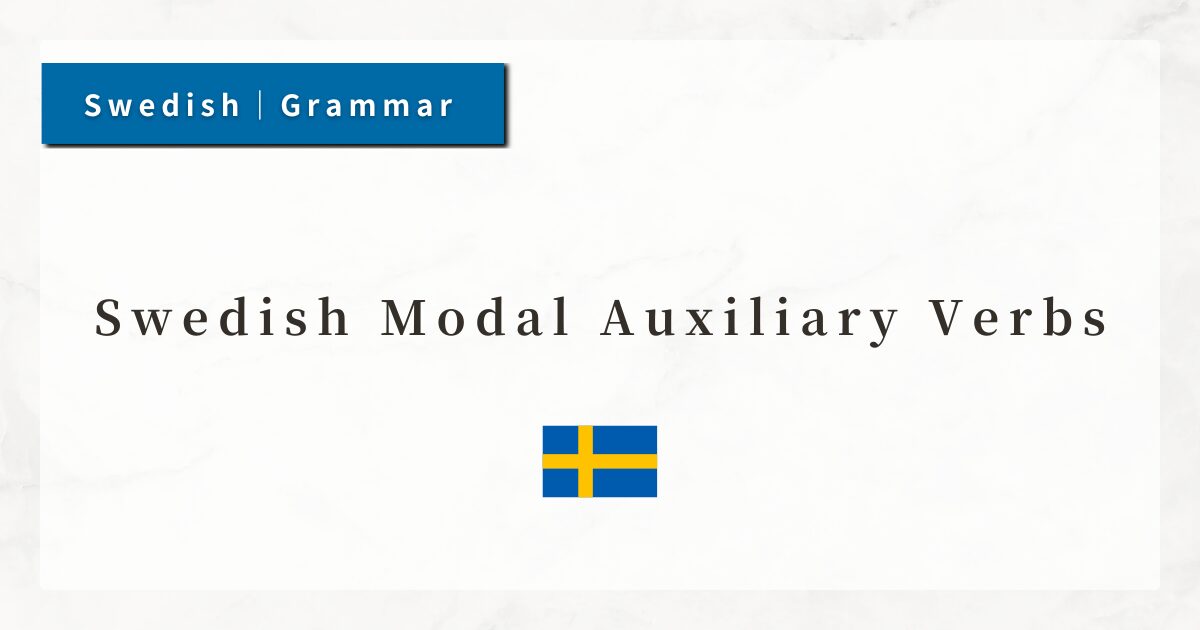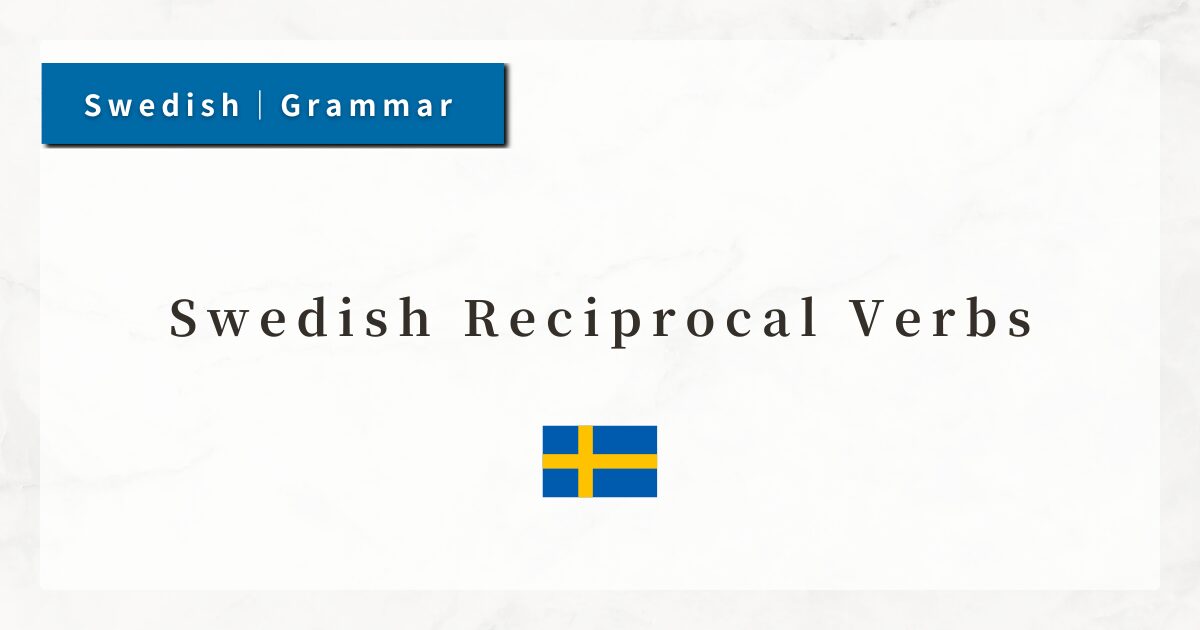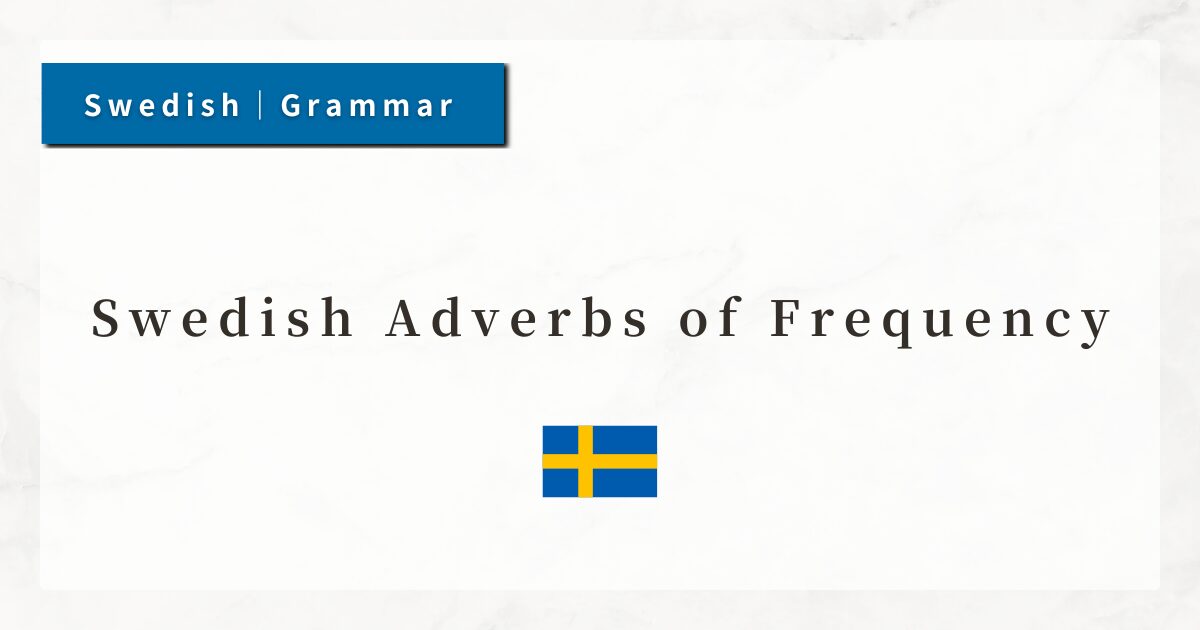#25 Swedish Verb Conjugations|Four Groups, Weak and Strong Verbs Explained
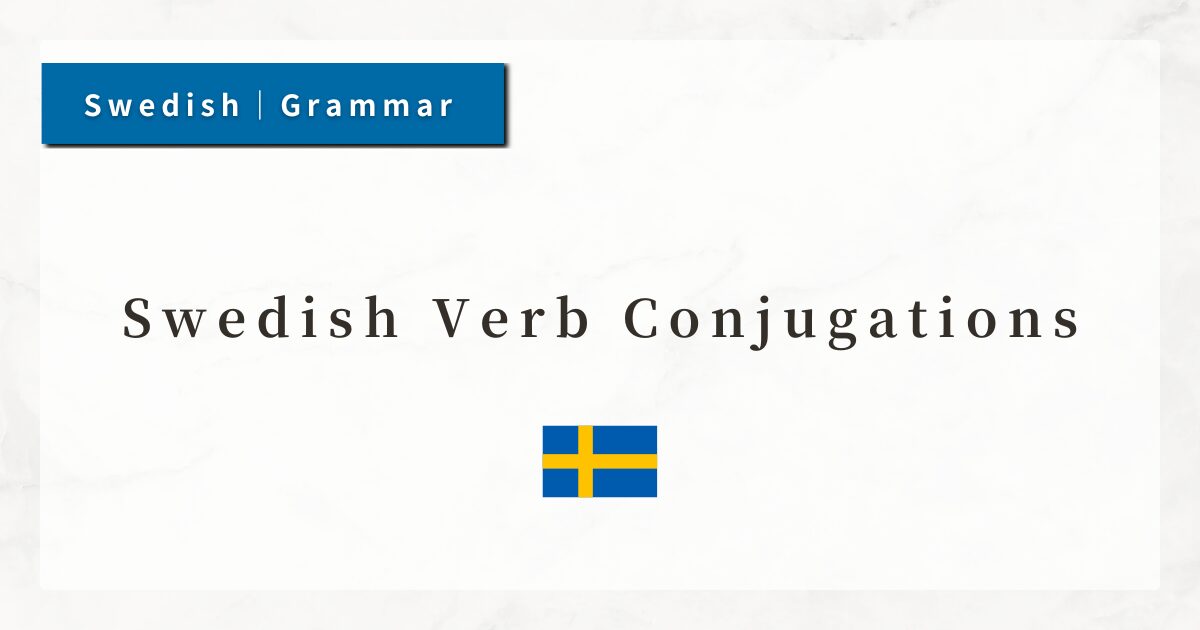
In Swedish, verbs are divided into four groups (Conjugations 1–4) depending on how they are conjugated.
Broadly, they fall into two categories: weak verbs (regular conjugation) and strong verbs (irregular conjugation).
In this lesson, I will clearly explain the characteristics of each conjugation group, provide typical examples, and show how to recognize their patterns.
1. Basics of Verb Conjugation: The Four Groups
Swedish verbs are classified into four conjugation groups (1–4) based on how they change according to tense and sentence structure.
This classification is essential for understanding how verbs transform in use.
Among these, Conjugations 1–3 are weak verbs (regular), while Conjugation 4 consists of strong verbs (irregular).
| Conjugation | Present Ending | Past Ending | Regularity | Example |
|---|---|---|---|---|
| Group 1 | -r | -de | Regular | arbeta (to work) |
| Group 2 | -er (stem ending in consonant) | -de / -te | Regular | köpa (to buy) |
| Group 3 | -r (stem ending in vowel other than -a) | -dde | Regular | bo (to live) |
| Group 4 | Irregular (stem change) | Irregular | Irregular | skriva (to write) |
By remembering these groupings, you can more easily predict verb changes and use them confidently in both speech and writing.
2. Group 1 (Regular verbs ending in -a)
Group 1 is the most regular and easiest conjugation group in Swedish. Infinitives end in -a, and the infinitive form itself becomes the stem. Present tense is formed with -r, and past tense with -de.
| Infinitive | Present | Past |
|---|---|---|
| arbeta (to work) | arbetar | arbetade |
Since the rule is simply “add fixed endings to the verb stem,” this group is straightforward and reassuring for beginners.
3. Group 2 (Regular verbs with consonant-ending stems)
Group 2 also belongs to weak verbs but requires more attention when forming the past tense. Present tense ends in -er. Past tense ends in -de or -te, depending on the final consonant of the stem.
| Infinitive | Present | Past |
|---|---|---|
| ställa (to place/put upright) | ställer | ställde |
| köpa (to buy) | köper | köpte |
Rule for past tense endings:
- Stems ending in voiced consonants (b, d, g, m, n, etc.)
→ -de - Stems ending in voiceless consonants (k, p, t, s, etc.)
→ -te
This distinction may feel unfamiliar at first, but by practicing with pronunciation and examples, it becomes easier to internalize.
4. Group 3 (Regular verbs ending in vowels other than -a)
Group 3 consists mainly of short verbs whose infinitives end in a vowel other than -a. Like Group 1, the infinitive itself serves as the stem.
Present tense ends in -r. Past tense ends in -dde.
| Infinitive | Present | Past |
|---|---|---|
| bo (to live) | bor | bodde |
| tro (to believe) | tror | trodde |
These verbs are generally short and have long vowel stems. Because the changes are compact and stable, this group is relatively easy to learn.
5. Group 4 (Strong / Irregular verbs)
Group 4 consists of verbs with stem vowel changes—the strong or irregular verbs of Swedish. This group is often considered one of the most challenging aspects of learning Swedish verbs.
| Infinitive | Present | Past |
|---|---|---|
| skriva (to write) | skriver | skrev |
| gå (to go) | går | gick |
| komma (to come) | kommer | kom |
Here, the vowel in the stem changes in the past tense or past participle. Because the changes are unpredictable, you cannot apply a regular rule—you must memorize them individually, much like irregular verbs in English (e.g., go → went → gone).
6. Weak vs. Strong Verbs
The conjugations are broadly divided into weak and strong verbs:
- Weak verbs (regular, Groups 1–3): Add endings to a stable stem.
- Strong verbs (irregular, Group 4): Change the vowel of the stem.
This distinction is crucial for organizing conjugation patterns and remembering correct forms. In many dictionaries or textbooks, verbs are clearly marked as “strong” or “Group 2,” which helps learners progress more smoothly.
7. Summary
- Swedish verbs are classified into four groups (Conjugations 1–4).
- Groups 1–3 are weak verbs (regular), with predictable ending patterns.
- Group 4 consists of strong verbs (irregular), requiring individual memorization due to vowel changes.
- Recognizing these patterns makes it easier to conjugate verbs correctly and use them confidently in both speech and writing.
